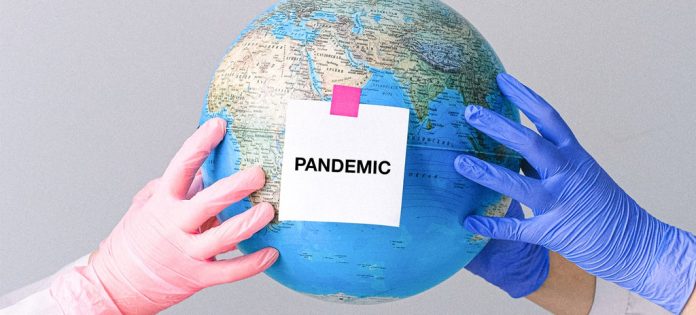Pandemic disease isn’t an automatic cause for worldwide panic. Learn what a pandemic really is, plus review real-life historical outbreaks and take a look at them today.
The word “pandemic” usually equates with “pandemonium” in the public mind, but the actual definition of a pandemic is much milder than that.

What is a Pandemic?
Many people mistakenly believe that a pandemic disease in an incurable or deadly disease, but by definition that just isn’t so. When a disease is declared a pandemic, the word only refers to the spread of the disease – not to its severity.

Epidemic vs. Pandemic
The following definitions come from the World Health Organization (WHO):
- Epidemic — when there are more occurrences of a disease than normal
- Pandemic — when the epidemic occurs on a worldwide scale, not confined to a certain locale

The difference between an epidemic and a pandemic lies in whether an unusually large number of cases of a specific disease occur only in certain areas or whether they occur internationally.
Pandemic History: Real-Life Pandemics
Humankind has experienced a number of bona fide pandemic diseases in its history, including smallpox, cholera, and tuberculosis.
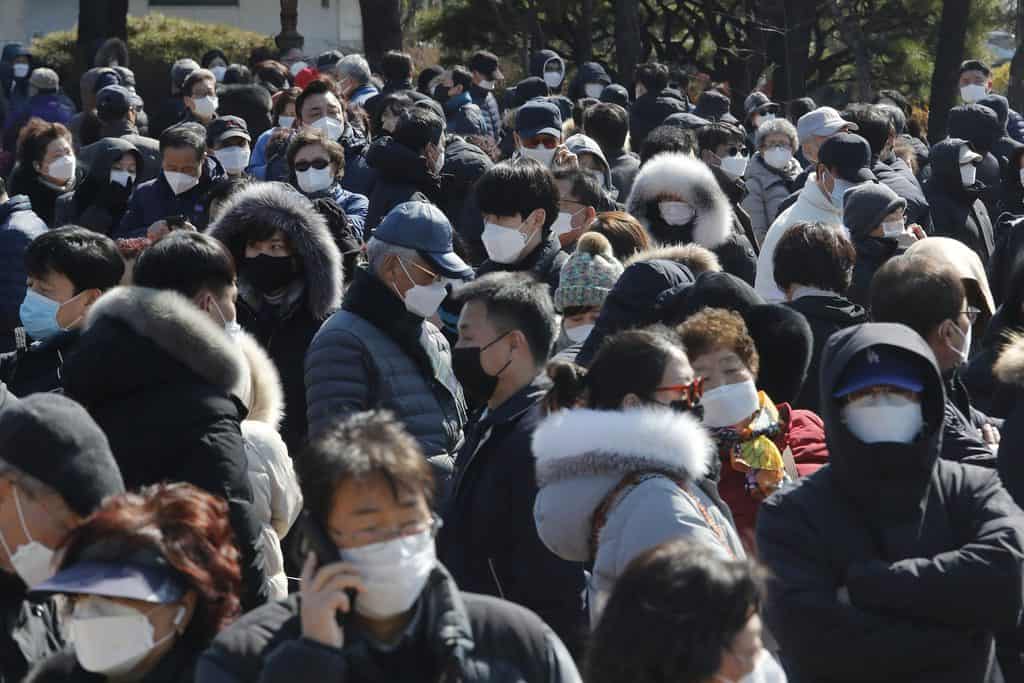
Some of the most notable pandemics in history include:
- Spanish flu pandemic of 1918-1919. The World Health Organization estimates that the flu outbreak in the early 20th century caused an estimated 40 to 50 millions deaths. Ninety years later, the H1N1 influenza epidemic of 2009 became a cause for worldwide concern.
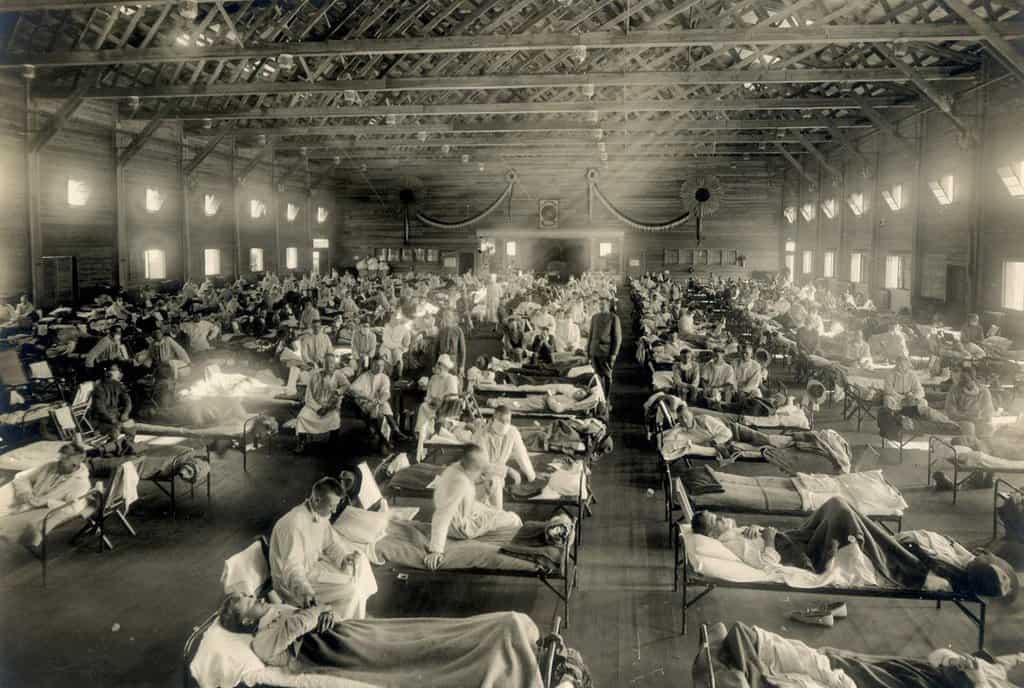
- Black Death of 1347-1352. At the end of five years, 25 million people had died from bubonic plague. The WHO explains that bubonic plague is a bacterial disease spread by bites from infected fleas.
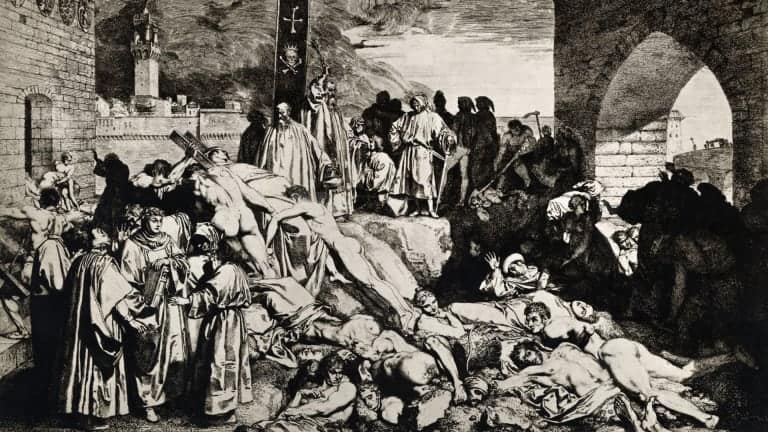
- Smallpox pandemic, ended 1970s. Due to an aggressive campaign to eliminate smallpox in the mid-20th century, the last known natural case of smallpox was in Somalia in 1977. The disease was declared eradicated in 1979.
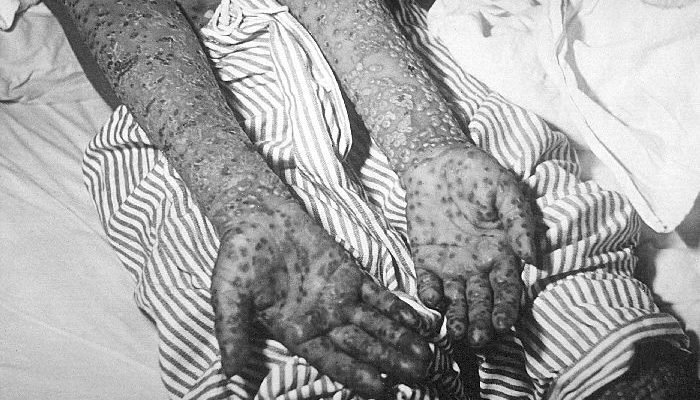
Recent Outbreaks that Never Reached Pandemic Status
A wave of diseases that recently caused an uproar but didn’t quite reach pandemic status are the SARS (Severe Acute Respiratory Syndrome) outbreak of 2003 and the avian flu (H5N1) outbreak of 2007.
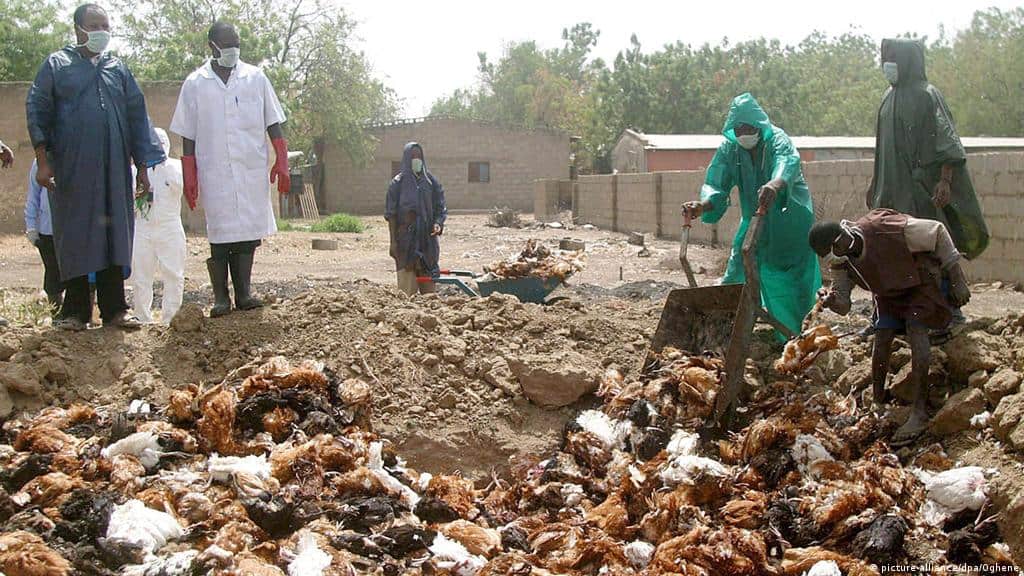
Pandemic Preparedness
Handling a widespread outbreak of any disease requires pandemic planning at the national, state, and local levels. Schools, community houses, and churches are all advised to have programs in place to educate the public and help manage outbreaks of H1N1 in their area.
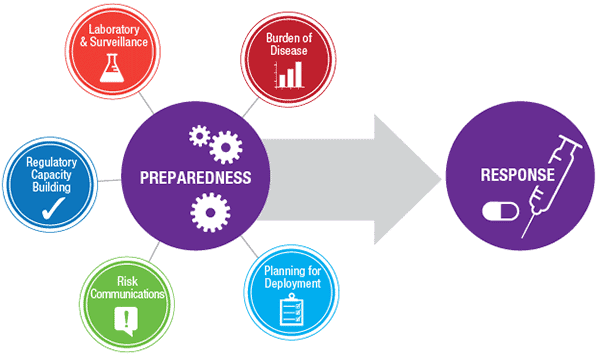
The World Health Organization provides downloadable checklists for implementing internal pandemic preparedness plans.
- What Is Aromatherapy Vs. What Are Essential Oils?
- What is La Tomatina in Bunol, Spain Like? What to Expect at the Famous Tomato Throwing Festival
Fictional Pandemics in Popular Media
People have always had a fascination with widespread outbreaks of viruses and their effects on humankind. Best-selling novels about fictional pandemics like Pandemic by Daniel Kalla [Tom Doherty Associates: 2005] and blockbuster pandemic movies like Outbreak (1995) continue to be popular favorites in the media.
While a pandemic may be global in scope, it isn’t necessary cause for alarm. “Pandemic” simply refers to a higher-than-normal occurrence of a specific disease.


